If everything is done correctly, the vine will delight you with lush flowering. 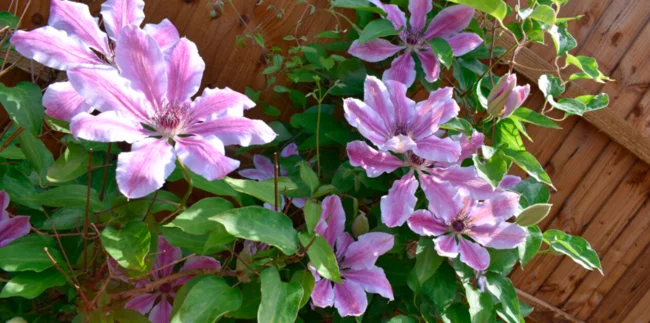
When to plant clematis
You can plant a flower on your site in the spring, when the soil thaws and warms up, and the daytime air temperature becomes consistently positive. In the south, clematis planting begins in the first half of April, in the middle regions - from mid-April to early May, in the north - in early May.
The second suitable period is in September. In the north and in the middle zone, the procedure is carried out in the first half of the month, in the south - in the second. But these are only approximate dates. When planting clematis, be guided by the climatic characteristics of your region. It is important to have time to place the plant in the ground no later than a month before the arrival of autumn frosts. This way it will have time to take root in the new place and will withstand the winter.
Please note that bare-rooted seedlings (plants with bare roots wrapped in peat or sawdust) can only be planted in the spring before the buds on the clematis branches begin to swell. Lianas with a closed root system (those that grow in pots or containers with soil) are suitable for both spring and autumn planting.
How to choose a clematis seedling
To buy a seedling, go to a nursery or garden center - this way you will be sure of the quality of the plant and will receive clematis that corresponds to the declared variety.
Decide on a variety
Depending on the variety, clematis forms a vine from 1.5 to 4 meters long. It produces single or double flowers of various colors - from white and cream to burgundy and deep blue. If you're new to growing clematis, try to choose varieties with purple, violet or blue flowers - they are considered the most unpretentious. 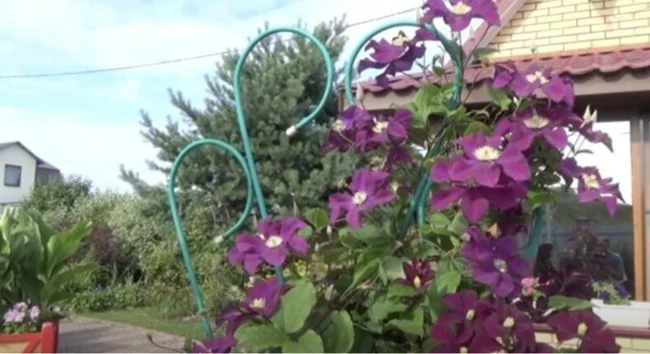
Clematis with simple flowers. Shot: SUPER - VACATION AT THE DACHA/ YouTube
All clematis can be divided into three groups. The first includes the so-called princelings - unpretentious and frost-resistant vines that do not require pruning and shelter for the winter. 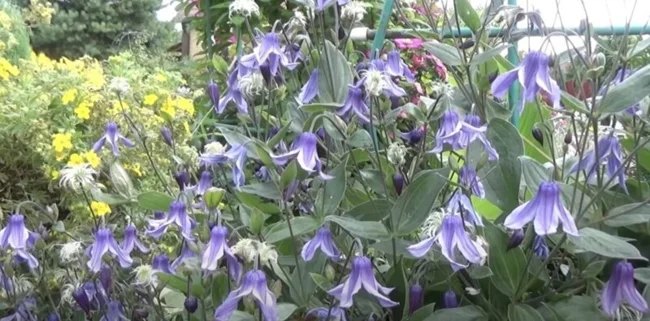
Prince. Shot: SUPER - VACATION AT THE DACHA/ YouTube
Clematis of the second group bloom both on fresh shoots and on those that formed last year. Most often these are specimens with double flowers. In autumn, the vine is removed from its support and shortened by about a quarter of its length. In summer, faded shoots need to be removed. 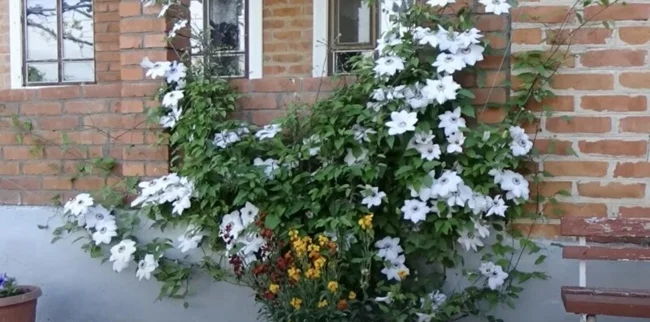
Clematis of the second group. Frame: Svetlana About flowers/ YouTube
The third group of clematis is characterized by abundant and lush flowering and does not bring much trouble to care for. In the fall, it is enough to cut off the vine completely, leaving a stump of 10–15 cm. The plant does not even need to be covered, with the exception of northern regions with a more severe climate. 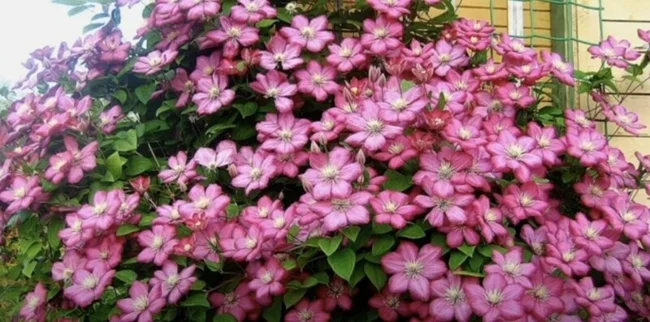
Clematis of the third group. Frame: MY SUNNY GARDEN/ YouTube
Usually the label with the seedling indicates the plant group and also has a photo of the flower. If you do not find this information, check with the seller or nursery owner.
Pay attention to the quality of the seedling
When choosing a plant with an open root system, carefully examine its roots. They should be well branched, light, alive, without damage, rot or mold. A quality seedling has at least one healthy sprout. 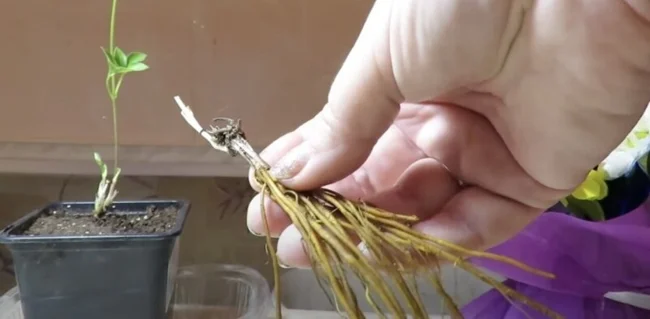
Frame: Sunny flower * Cottage, garden, vegetable garden/ YouTube
The optimal age of seedlings with a closed root system is from two years. As a rule, such specimens have at least 3–4 well-developed shoots. You should not buy clematis with dry, damaged, wilted branches. There should be no mold on the surface of the soil in the container. 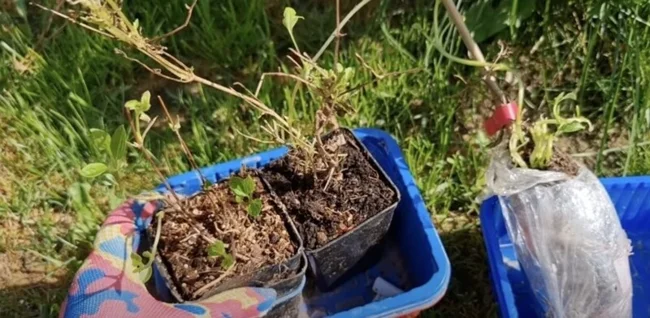
Frame: Color’OK/YouTube
Also, when purchasing, grab the plant with your fingers at the base of the shoots and gently rock it from side to side. Clematis with a high-quality root system will sit tightly in the ground. If the plant is very wobbly, most likely it was dug out of the ground immediately before being sold. In this case, you risk buying a seedling with damaged roots, which will not take root well in a new place.
How to prepare a place for planting clematis
If you are planting several vines, space them at least 80–120 cm apart.
Decide on a site for clematis
To grow clematis, choose a well-lit place. Light shading is allowed during the midday hours. This is especially true for vines with bright colors that can quickly fade in direct sunlight.
You can plant clematis near a fence, gazebo or other structure that will serve as a support for the bush. In other cases, place the plant so that there is space nearby to install a pergola, arch or other structure along which the vine will climb.
Since clematis does not like too wet soil, do not plant it where the groundwater is high or where puddles collect after rain and melting snow.
Make a planting hole
Dig a hole with a depth and a diameter of 60 cm. Pour 10 liters of sand, 10 liters of compost or rotted manure, 10 liters of peat, 100 g of superphosphate, 200 g of bone meal and dolomite meal into the bottom of the hole. Also add 200 g of any complex granular fertilizer for growing flowers. Mix all ingredients thoroughly with a shovel or pitchfork. 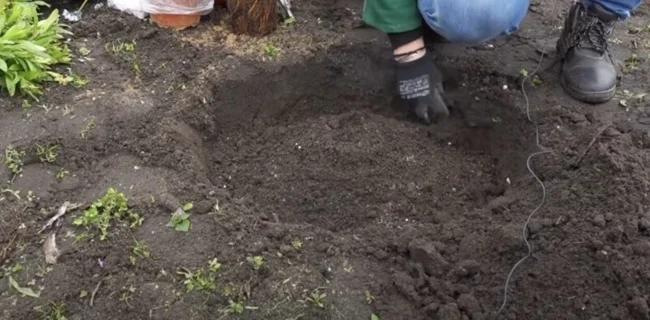
Frame: Procvetok/YouTube
How to plant clematis
Make a hole in the soil in the center of the planting hole. Place the clematis pot and make sure that the root collar (where the roots and stems meet) is about 8cm below the surface of the soil in the flowerbed. If necessary, add or remove soil from the bottom of the hole. 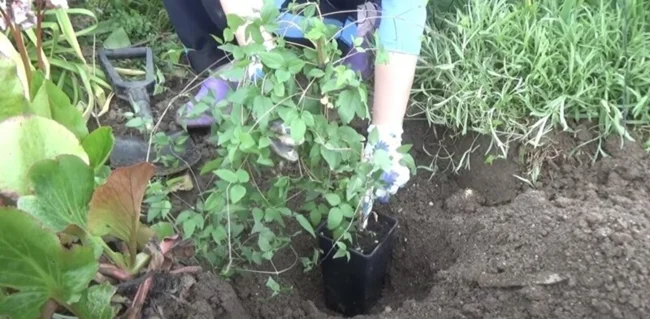
Shot: SUPER - VACATION AT THE DACHA/ YouTube
When planting a seedling with an open root system, on the contrary, make an earthen mound in the center of the hole. Place the clematis roots on the sides of the hill. Make sure that the root collar is 8 cm below the surface of the soil in the flowerbed. 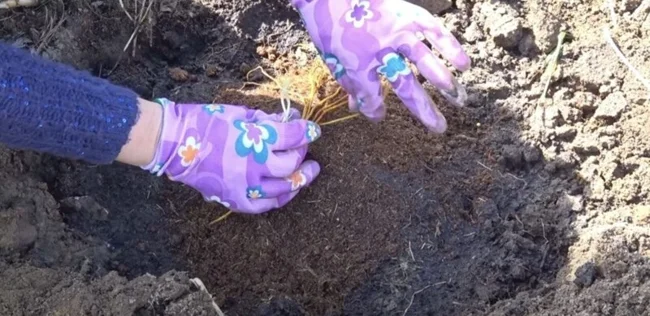
Shot: Harvest vegetable garden/ YouTube
Pour about 5 liters of water into the hole. 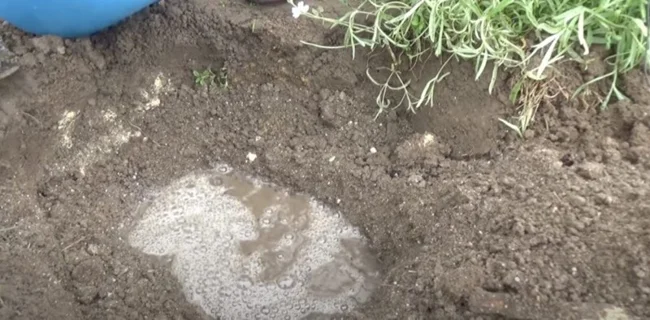
Shot: SUPER - VACATION AT THE DACHA/ YouTube
Carefully remove the clematis from the pot and place it in the center of the planting hole. 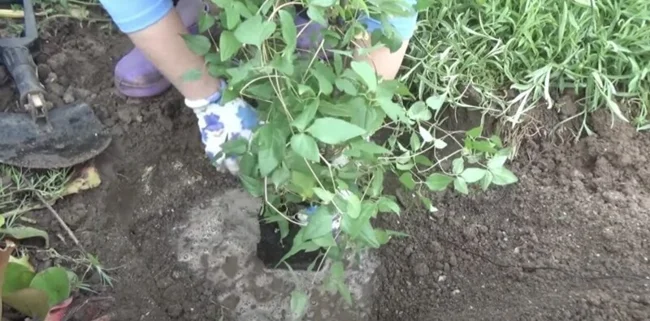
Shot: SUPER - VACATION AT THE DACHA/ YouTube
Place the bare-rooted seedling on a mound and spread its roots to the sides. 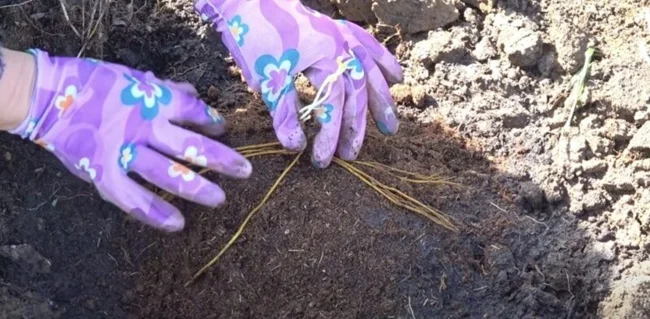
Shot: Harvest vegetable garden/ YouTube
Fill any voids around the clematis roots with soil. Lightly compact its surface with your palms. 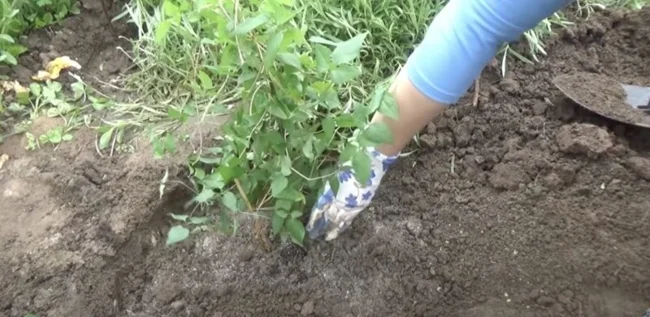
Shot: SUPER - VACATION AT THE DACHA/ YouTube
Moisten the soil around the plant with water using a watering can with a diffuser attachment to avoid washing out the soil. 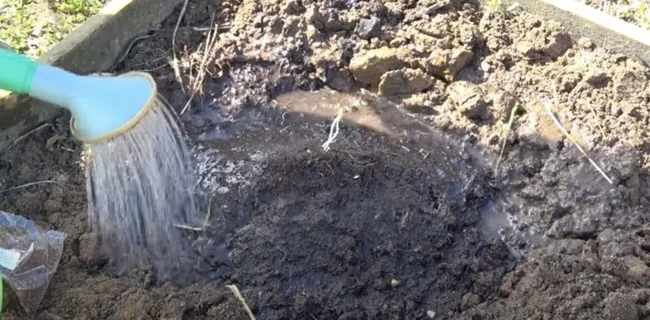
Shot: Harvest vegetable garden/ YouTube
If the clematis already has long enough stems, carefully distribute them over the support. 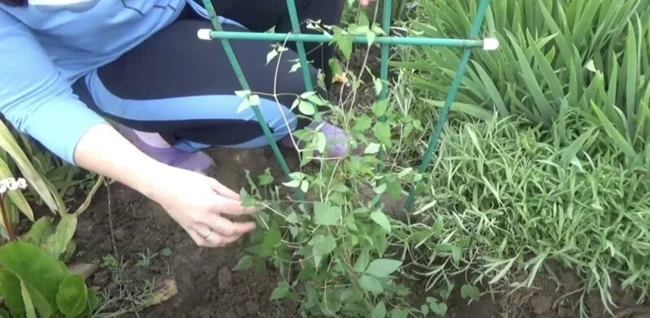
Shot: SUPER - VACATION AT THE DACHA/ YouTube
How to care for clematis
At first, the plant will not require additional feeding - all the necessary nutrition was placed in the hole when planting.
Water your clematis
In the first year after planting, make sure that the soil in the flowerbed is always slightly moist. Water clematis about once a week, and in hot weather - 2-3 times more often. Pour about 10 liters of water under the root of one plant. Carry out the procedure early in the morning or in the evening at sunset and do not get the liquid on the leaves so that the clematis does not get burned.
Prune clematis
Within a year after planting, you should not allow the vine to bloom. Without regret, cut off all the buds that take away the strength of young plants. Then the clematis will properly take root in the new place, grow a strong root system and delight with lush and abundant flowering.
Also, before the first wintering, you need to cut off all clematis shoots, leaving stumps no more than 30 cm high. The procedure is carried out around the end of October until stable frosts arrive.
Cover clematis
In the fall, after pruning, cover the remaining clematis stems with spruce branches, and place a layer of spunbond or other non-woven material on top, securing its edges with heavy objects such as boards or stones. 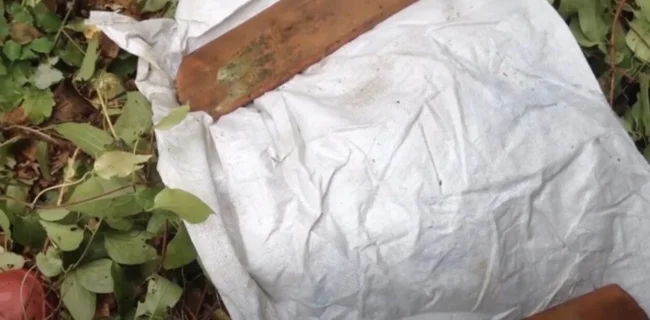
Shot: Veronika Polivkina/ YouTube
In the spring, when the daytime air temperature becomes consistently positive, remove the shelter.
0 comments





